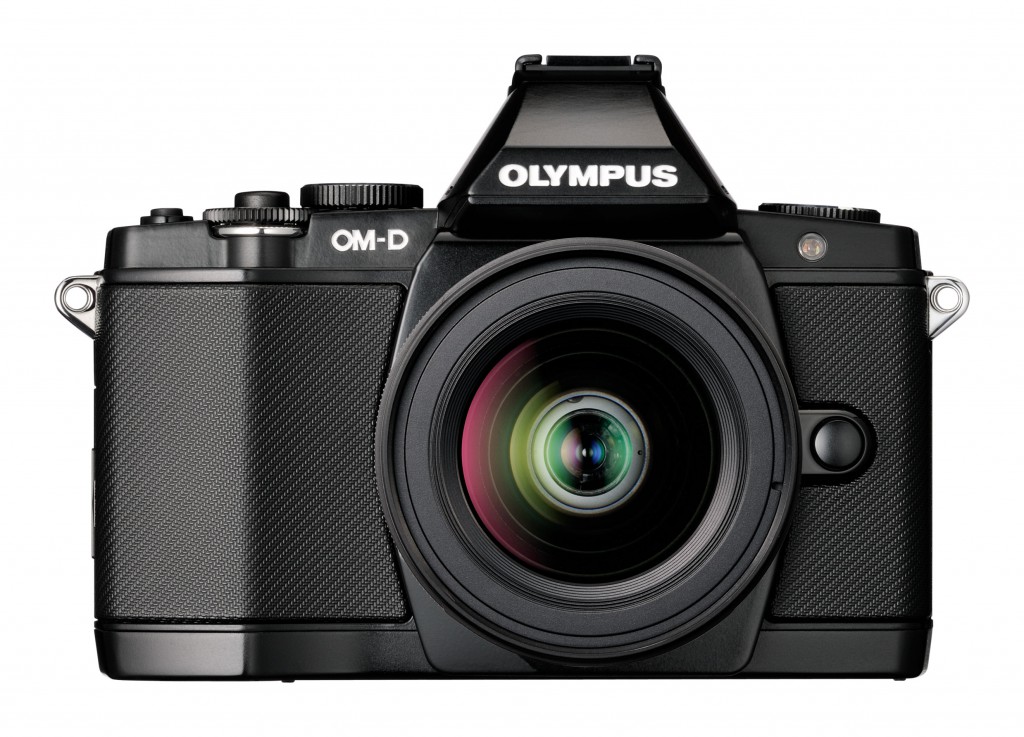Panasonic is currently developing a new high-end model that will use their Micro Four Thirds format sensor. This was revealed during an in interview by Amateur Photographer with Ichiro Kitao, director of Panasonic’s Digital Stills Camera business unit. “We are currently restructuring the range of products that we offer to include a very high-end model,” said Kitao.
Michiharu Uematsu, product planning group manager told AP, “Our sensors are 60% of the size of APS-C units, which is less than one step behind,” said Uematsu. “A larger sensor means we’d have to compromise on the size of our lenses, and thus the size of our system. MFT cameras need to be smaller.”
Kitao added that because of advancing technology, image quality has more to do with processing and optical quality than the sensor size. He further explained larger APS-C format sensors “in very small bodies have optical problems in the corners of their pictures.” They are limited by the relatively the short distance from the rear element of the lens to the sensor.
With a firm dedication to the Micro Four Thirds format, Panasonic is focusing on developing high-end lenses for the system. Two of these were on display at CP+ Show in Japan and are scheduled to be released later this year. The prototype lenses represent Panasonic’s commitment to high-end products in the m4/3rds system.
One of the lenses is a 35-100mm f/2.8 zoom, equivalent to 70-200mm in full frame format, a range that most professional photographers consider to be essential. The other lens is a 12-35mm f/2.8, a standard zoom that matches a 24-70mm in 35mm format. Both lenses are designed with optical quality in mind, using numerous aspherical elements to reduce number of elements necessary which helps reduce flare and improves resolution.
Regarding the Panasonic mirrorless camera line, Kitao states, “We want to become known as a high-quality camera brand, and this will be our concentration this year. We will aim for a high-end camera to demonstrate that mirrorless cameras can be alternatives to DSLR cameras, not just a step-up from compact cameras.”
Source: Amateur Photographer
